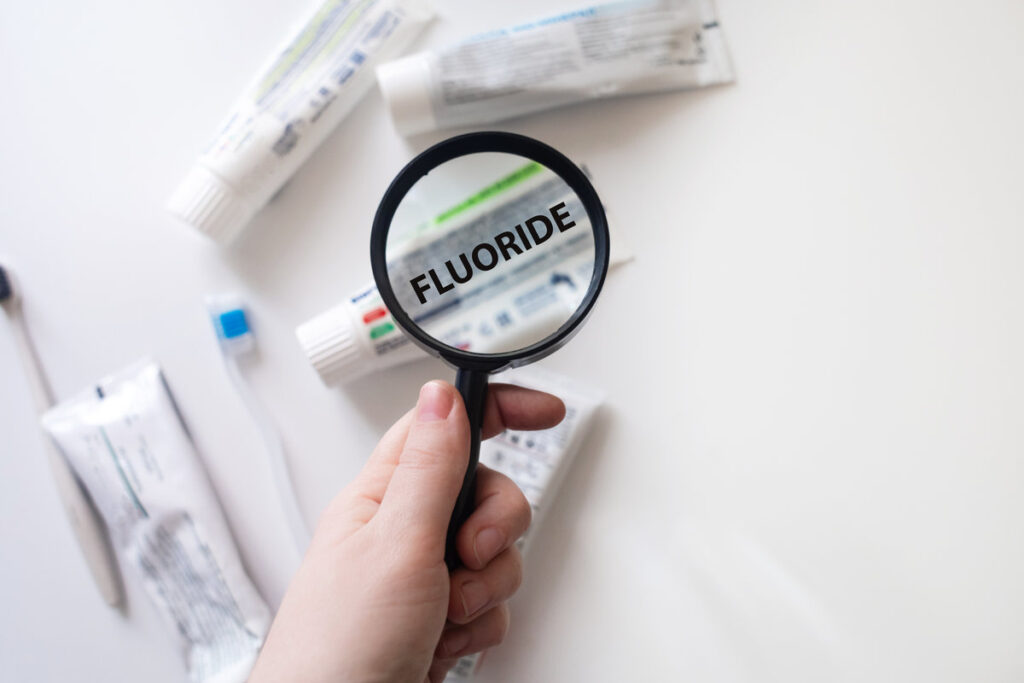Fluoride remains one of the most researched and debated topics in pediatric dental health, with parents often receiving conflicting information from various sources about its safety and effectiveness. As a parent, you want to make the best decisions for your child’s oral health, but navigating through online myths, social media claims, and varying opinions can feel overwhelming. Understanding the science behind fluoride and distinguishing fact from fiction is essential for making informed choices about your child’s dental care and preventive treatments.
At Kool Koala Pediatric & Adolescent Dentistry, Dr. Ballard, Dr. Wils, Dr. Thompson, Dr. Movaghar, Dr. Abdelrahim, and Dr. Martinelli are committed to providing parents with accurate, science-based information about fluoride and its role in maintaining children’s oral health. Our experienced pediatric dental team understands parental concerns and works closely with families to address questions and provide evidence-based guidance for optimal dental care decisions across our New Jersey and Delaware locations.
Understanding Fluoride and Its Role in Dental Health
Fluoride is a naturally occurring mineral found in water sources, soil, plants, and many foods, and it has been used safely in dentistry for over 75 years to prevent tooth decay. The American Dental Association explains that fluoride protects teeth from cavities by restoring enamel damaged by plaque through a process called remineralization. This scientific process involves fluoride ions replacing lost minerals in tooth enamel, making teeth more resistant to acid attacks from bacteria in the mouth that cause decay.
When children consume fluoride in appropriate amounts during tooth development, it becomes incorporated into the tooth structure, creating fluorapatite, which is more resistant to decay than the original tooth enamel. This systemic benefit occurs primarily during the tooth formation years, typically from birth through age 16 when permanent teeth are developing. Additionally, topical fluoride applications through toothpaste, mouth rinses, and professional treatments provide ongoing protection by maintaining mineral levels in existing tooth enamel and supporting the remineralization process.
Common Fluoride Myths and Scientific Facts
Common myths include, but are not limited to, the following:
Myth: Fluoride Is Dangerous and Toxic to Children
One of the most persistent myths suggests that fluoride is inherently dangerous and should be avoided completely. The scientific reality is that fluoride, like many substances including water and vitamins, is safe when used in appropriate amounts but can be harmful in excessive quantities. Decades of research and monitoring by health organizations worldwide have established safe and effective fluoride levels that provide dental benefits without adverse health effects.
The difference between beneficial and harmful fluoride exposure is significant. Dental fluorosis, the most common concern associated with excess fluoride intake, typically occurs only when children consistently consume fluoride levels well above recommended amounts during tooth development. Even when mild fluorosis occurs, it usually appears as barely noticeable white spots on teeth and does not affect tooth function or health.
Myth: Fluoride Causes Serious Health Problems
Another widespread myth links fluoride to various health conditions including lowered IQ, thyroid problems, and cancer. Extensive scientific research has consistently failed to establish credible connections between appropriately used fluoride and these health concerns. Major health organizations including the Centers for Disease Control and Prevention, World Health Organization, and American Medical Association continue to support fluoride use based on comprehensive scientific evidence.
Well-designed studies examining potential health effects have found no reliable evidence that fluoride at recommended levels causes cognitive impairment, thyroid dysfunction, or increased cancer risk. The studies often cited by fluoride opponents typically involve exposure levels far exceeding those encountered in dental applications or have methodological flaws that limit their reliability and applicability to real-world fluoride use.
Fluoride Sources and Recommendations for Children
Children receive fluoride from multiple sources, and understanding these sources helps parents make appropriate decisions about their child’s total fluoride exposure. Community water fluoridation provides a consistent, low-level source of systemic fluoride that has been credited with dramatic reductions in tooth decay rates since its introduction. Additionally, fluoride toothpaste, professional treatments during dental exams and cleanings, and certain foods and beverages contribute to fluoride intake.
The key to safe and effective fluoride use lies in appropriate dosing based on the child’s age, risk factors for tooth decay, and existing fluoride exposure from all sources. For children under three years old, parents should use a rice-grain-sized amount of fluoride toothpaste, while children ages three to six should use a pea-sized amount. Professional fluoride treatments during routine preventive care appointments provide additional protection, particularly for children at higher risk for tooth decay due to factors like diet, oral hygiene challenges, or previous cavities.
Get Evidence-Based Fluoride Guidance at Kool Koala Pediatric & Adolescent Dentistry
At Kool Koala Pediatric & Adolescent Dentistry, our team is dedicated to helping parents navigate fluoride questions with accurate, science-based information that prioritizes children’s oral health and safety. We understand that parents want the best for their children, and we provide individualized consultations that consider each family’s concerns, values, and circumstances. Our doctors stay current with the latest research and guidelines to offer evidence-based recommendations that support optimal oral health outcomes for every child.
Our comprehensive approach to pediatric dentistry includes thorough discussions about preventive care options, including fluoride use, to help families make informed decisions that align with their goals and comfort levels. We believe that open communication and education empower parents to make confident choices about their children’s dental care, and we’re committed to providing the support and information families need to maintain healthy smiles. To discuss fluoride options for your child or to schedule a preventive care consultation, please contact us at (856) 854-1509 or visit our contact page to request an appointment at the location most convenient for your family.


